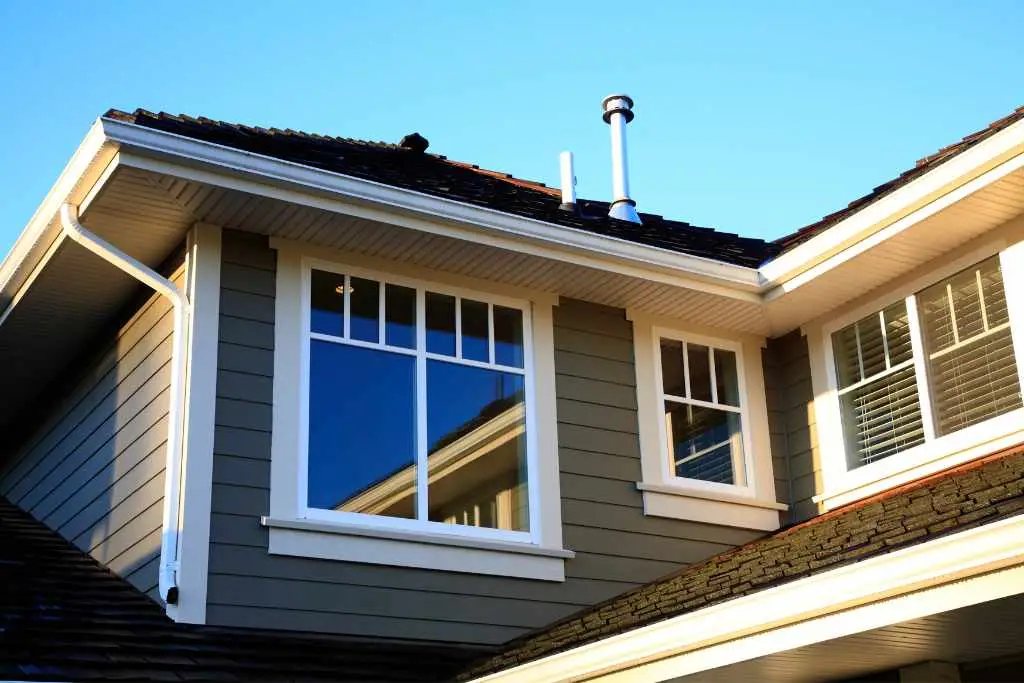The Secret to a Long-Lasting Roof: Proper Ventilation

Ventilation is an essential aspect of maintaining the health and longevity of your roof. Without proper ventilation, your roof can become damaged and can lead to costly repairs. In this blog post, we will discuss the importance of ventilation for your roof, the problems that can occur without proper ventilation, and how to ensure that your roof is properly ventilated.
The Key to a Healthy and Durable Roof: Proper Ventilation
One of the main reasons why ventilation is important for your roof is that it helps to regulate the temperature inside your attic. In the summer, the sun can cause the temperature in your attic to rise significantly, which can lead to the formation of heat and moisture. This heat and moisture can cause a number of problems, such as mold and mildew growth, rot, and warping. Proper ventilation helps to remove the hot and humid air from your attic, which can keep the temperature in your attic at a consistent level and prevent these problems from occurring.
Proper ventilation also helps to prevent ice dams from forming on your roof during the winter. Ice dams occur when snow melts on your roof and the water refreezes at the eaves, causing a buildup of ice. This can lead to damage to your roof and water leakage into your home. By providing a way for warm air to escape from your attic, proper ventilation helps to keep the temperature in your attic consistent, which can prevent the formation of ice dams.
Prolonging The Life Of Your Roofing Materials
Another reason why ventilation is important for your roof is that it helps to prolong the life of your roofing materials. Without proper ventilation, your roofing materials can become damaged and worn out more quickly. This is because the heat and moisture that can build up in your attic can cause your roofing materials to expand and contract, which can lead to cracking, splitting, and warping. Proper ventilation helps to keep the temperature in your attic consistent, which can prevent this damage from occurring and prolong the life of your roofing materials.
In addition to these benefits, proper ventilation can also help to reduce your energy costs. When the temperature in your attic is hot and humid, it can cause your air conditioning system to work harder to cool your home. This can lead to higher energy bills. By ventilating your attic, you can keep the temperature in your attic cooler, which can reduce the load on your air conditioning system and lower your energy costs.
So, how do you ensure that your roof is properly ventilated?
The first step is to have your roof inspected regularly. A professional roofing contractor can inspect your roof for any signs of damage or wear and tear and can make any necessary repairs or upgrades. They can also check your roof’s ventilation system to ensure that it is working properly and that there is enough ventilation to keep your attic cool and dry.
One of the most common types of roof ventilation is the use of vents at the eaves and at the ridge of the roof. These vents allow hot and humid air to escape from your attic and can be either passive or active. Passive vents are typically made of metal or plastic and are designed to allow air to flow through them naturally. Active vents, on the other hand, use a powered fan to force hot and humid air out of your attic. While passive vents can be sufficient for smaller attics, active vents may be necessary for larger attics or for homes in hot and humid climates.
Another way to ensure proper ventilation is to install attic insulation. Insulation helps to keep the temperature in your attic consistent and can also reduce the amount of heat and moisture that can build up in your attic. This can help to prevent the formation of mold and mildew and can prolong the life of your roofing materials.
Don’t Tackle Roof Ventilation Yourself – Call The Shingle Master
Proper ventilation is essential for maintaining the health and longevity of your roof. It helps to regulate the temperature inside your attic, preventing the formation of heat and moisture that can lead to mold, mildew, rot, and warping. It also helps to prevent ice dams from forming on your roof during the winter and prolongs the life of your roofing materials. Additionally, proper ventilation can also help to reduce your energy costs by reducing the load on your air conditioning system. To ensure that your roof is properly ventilated, it is important to have your roof inspected regularly by a professional roofing contractor and to make any necessary repairs or upgrades. It is also important to install vents at the eaves and at the ridge of the roof, and to install attic insulation to keep the temperature in your attic consistent and reduce the amount of heat and moisture that can build up. By following these tips, you can keep your roof in top condition and avoid costly repairs in the future.

